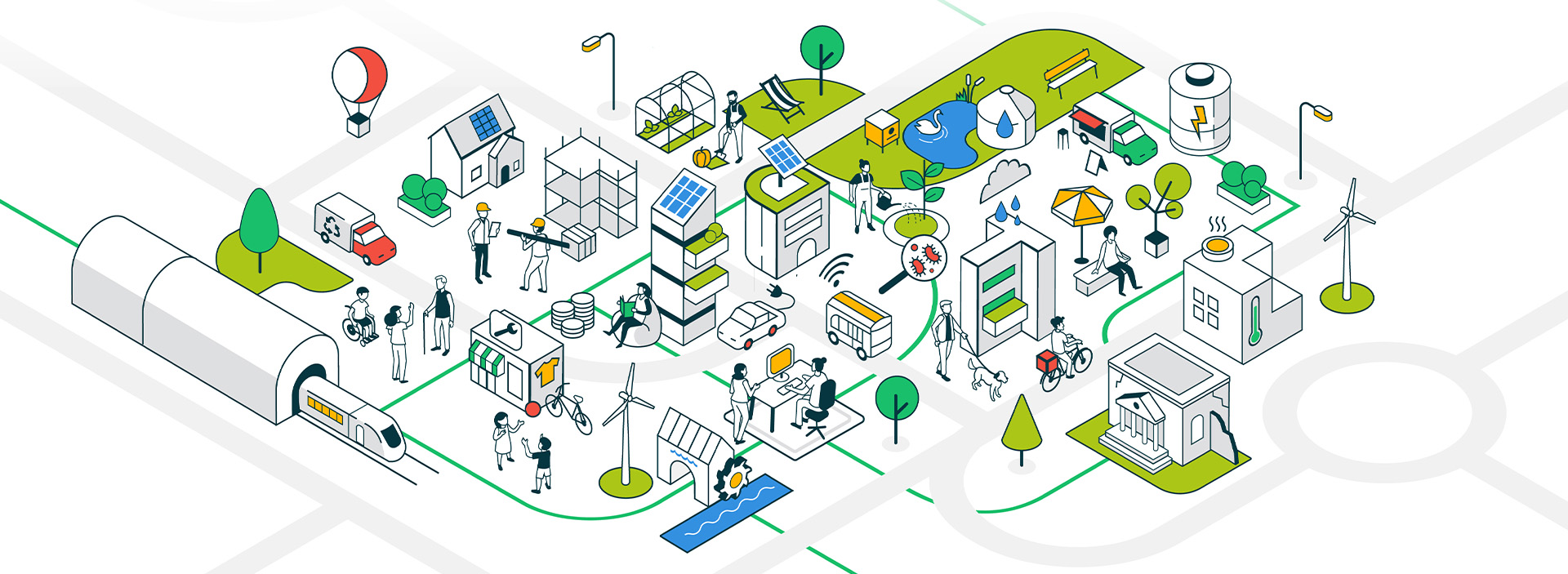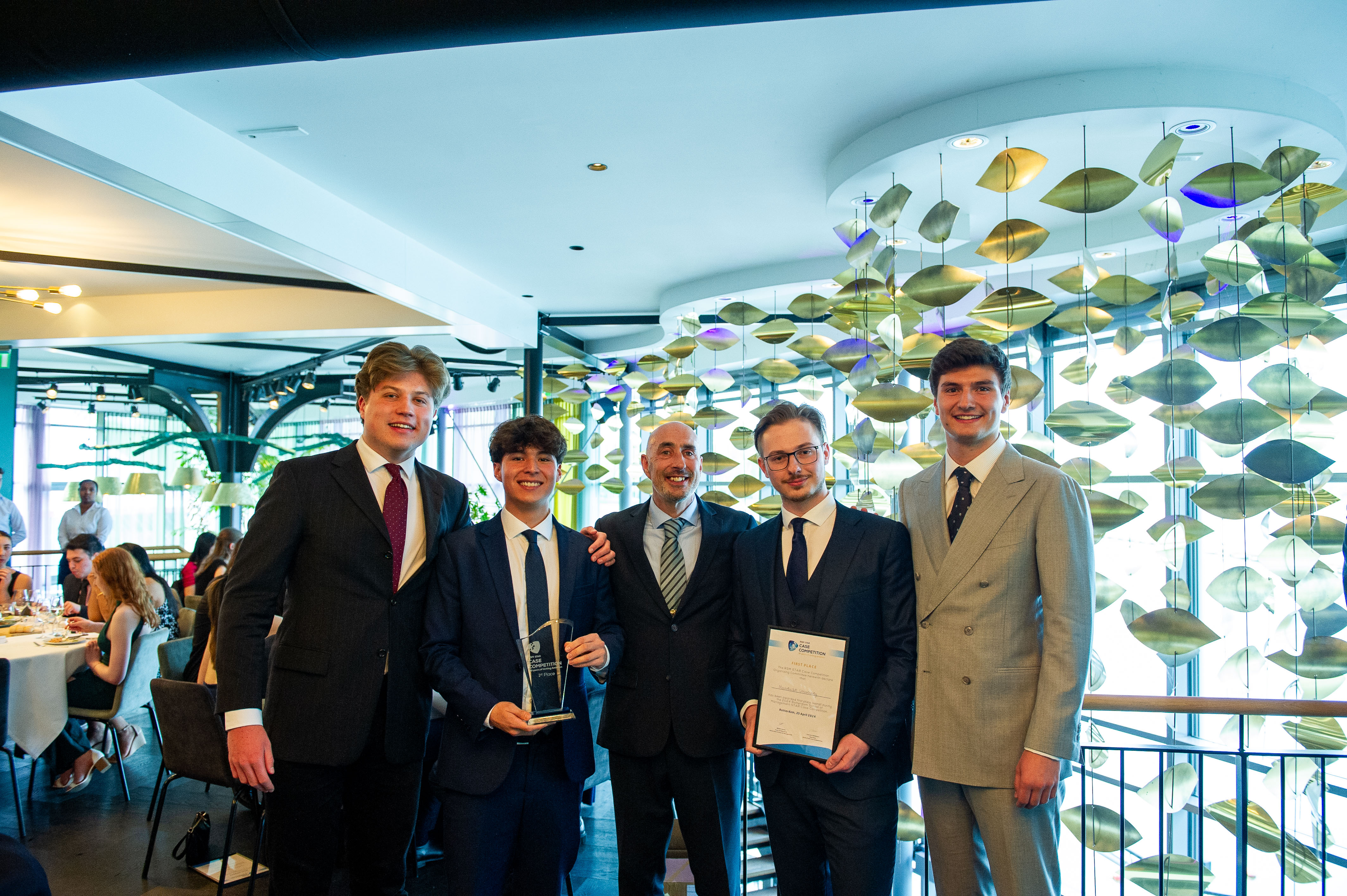Designing a Research Project for Practical Impact
As researchers, we usually consider sharing our findings once a paper is published, whether through blogs, LinkedIn and Twitter/X posts, or perhaps through executive summaries, infographics, or workshops with stakeholders. However, in reality, we cannot be certain that these post-hoc initiatives effectively reach those who could gain the most from our insights. So, how can we guarantee the impact of our research beyond academia?
Rethinking Research Impact
We are all familiar with the scientific method and its steps: determining one’s questions, mapping existing insights, crafting hypotheses, testing them, and reporting conclusions. This process naturally leads to the emergence of new questions. However, rather than focusing solely on impact during the final step, this post encourages you to reconsider research impact across the entire research journey. These steps can then guide us in reimagining how we can set up research projects for impact right from the outset.
A small note before we delve in: There are many ways of creating impactful research, including in theoretical/fundamental branches, STEM, and the humanities. However, this post is tailored for social science researchers whose work contains an applied component and who aspire to conduct research that is impactful for relevant stakeholders.
Step 1: Shared Research Interests
Our default approach in formulating research questions is often grounded in prior research - considering missing empirical insights within existing frameworks and theories, exploring avenues for future research proposed by other scholars, and staying up to date on general developments in our field. However, not all relevant research questions from an academic standpoint are also meaningful for our stakeholders. Developing an effective research project, therefore, involves crafting research questions that integrate academic and practical considerations.
In the experience of my research team and me, the most impactful ideas for impactful often emerge from an ongoing and trust-filled dialogue with stakeholders, rather than relying on news or professional publications. Actively listening to practitioners as they describe their interests, passions, challenges, and ambitions can serve as the catalyst for a co-creation process. In this collaborative approach, each party contributes their expertise, methods, and goals transparently, ensuring that research questions are meaningful both academically and practically right from the outset.
Some example questions to ask yourself:
|
Step 2: Mapping Existing Insights and Formulating Hypotheses
As researchers, we are well-versed in reviewing existing literature to formulate hypotheses and determine a study’s contribution. Designing research for impact entails not only anchoring one’s study in prior research and theories but also in the specific needs of stakeholders.
In our experience, motivating your study’s contribution to practice can draw from informal conversations, interviews, practice-based reports, and cases, among other sources. These sources also teach you the language that your stakeholders use and connect to, so you can clearly and effectively articulate the objectives and benefits of your study to all relevant audiences.
Some example questions to ask yourself:
|
Step 3: Testing one’s Hypotheses
Materials such as cases, interview protocols, interventions, and experimental manipulations can attain greater validity and relevance when co-created with stakeholders. Your expertise helps to make sure materials meet criteria relevant to research quality, while stakeholders ensure ecological validity, incorporating situations and language that resonate with participants.
We have developed a series of cases situated in financial auditing that were designed with participating firms to be as realistic as possible – think about the characteristics of a client, the kind and complexity of information auditors would expect to find at different levels, and interventions that seem germane to the audit work environment.
In addition, consider involving your stakeholders more deeply during data collection. Offer them immediate feedback on their contribution, for example through survey summaries or quick check items in experiments that can be quickly analysed. We found that offering participants a platform for discussion beyond a conventional debrief that connects to an actual experience is a more compelling motivator for engaging with research than generalised outcomes presented at a later stage.
Some example questions you can ask yourself:
|
Step 4: Reporting Conclusions
Next to publishing your findings in academic outlets, you can leverage your ongoing interactions with stakeholders to determine how you can share your insights that are accessible and meaningful for them. In the past, we have shared our findings through short reports, presentations for different members of participating firms, workshops for practitioners, as well as podcasts, short video clips, interactive graphics, and masterclasses, depending on the audience’s needs. This always included making ourselves available for questions and feedback on any follow-up activities developed by stakeholders.
By the way, it’s important to note that you will likely emphasise different elements of your findings for different target audiences. For academic purposes, you’ll publish papers and chapters that underscore the contribution of your findings in relation to existing research and theory, using advanced analyses and domain-specific jargon. When sharing our findings with practice, however, our communication typically commenced with descriptive findings, highlighting the impact of relevance pressures and interventions on desired outcomes. By segmenting findings across groups of interest, like companies, teams, or ranks, participating firms could target any research-based interventions to those who stand to benefit the most.
Some example questions you can ask yourself:
|
To conclude, crafting research for impact in practice hinges in maintaining an ongoing dialogue between academia and practitioners. This dialogue should be founded in trust, open-mindedness, respect, and the cultivation of a shared language. While these relationships demand time to develop and sustain, but they are enriching, motivating, and instil a profound sense of purpose.

This blog is written by Therese Grohnert, Assistant Professor in Professional Development and Decision-Making at the department of Educational Research & Development at Maastricht University School of Business and Economics. Her key research interests revolve around how professionals learn at the workplace, how they develop expertise and how both formal and informal learning can enhance performance. In her recent project, she focuses on how professionals learn from critical incidents to avoid being overconfident in complex judgments and decisions.
Also read
-
Maastricht Sustainability Institute (MSI) of Maastricht University School of Business and Economics (SBE) has successfully applied for funding in the ‘Driving Urban Transitions’ program of NWO/ JPI Urban Europe. Three new transdisciplinary projects with international partners have recently started...
-
SBE took first place in the Rotterdam School of Management Star Case Competition (RSMCC). The competition welcomed 16 top-level international business teams of four students, who were tasked with tackling two real-life business cases.
-
Higher air pollution increases the likelihood of people voting for opposition parties rather than ruling parties. This is the major finding of research by Nico Pestel, a scientist at the Research Centre for Education & Labour Market (ROA) at the Maastricht School of Business and Economics.


